
Do you have a question about the Panasonic th-42lf80w and is the answer not in the manual?
Precautions against fire, electric shock, and damage from liquids or heat.
Professional installation advised; use VESA standards; avoid direct sunlight.
Ensure ventilation, avoid covers, do not remove covers, handle plugs carefully.
Connect PCs, Component, RGB, or Composite video sources.
Connect audio equipment to analog audio input/output terminals.
Connect HDMI devices and view pin assignments for HDMI terminals.
Connect DVI-D devices and configure daisy chain for multi-display.
Connect PCs and check signal compatibility for PC input.
Connect USB memory or devices for media playback or power.
Identify buttons on the main unit for input, menu, and adjustments.
Learn the function of each button on the remote control.
Connect the AC cord and turn the unit on/off via unit or remote.
Configure language, date/time, and display orientation on first use.
Switch between different input sources using INPUT button.
Access and navigate the position settings menu.
Adjust volume output, sound mode, bass, treble, balance, and surround.
Access and navigate picture settings like mode, backlight, contrast.
Navigate the setup menu to configure various display options.
Enable network control and configure LAN IP/DHCP settings.
Check LAN cable, settings, and browser compatibility for network use.
Disable proxy settings and enable JavaScript for web browser control.
Steps to start the browser and access the control interface.
Control the display using buttons on the web browser interface.
Display still pictures and motion pictures from USB memory.
Copy settings from one display to multiple displays via USB.
Procedure to copy display settings to a USB memory device.
Procedure to restore display settings from USB memory.
Diagnose and resolve common picture and sound problems.


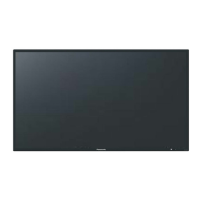

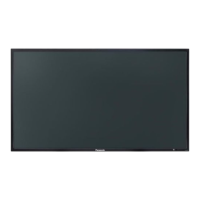




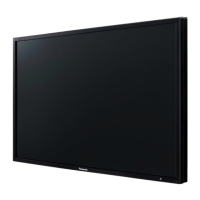
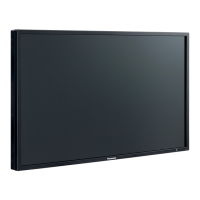
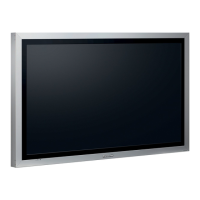
